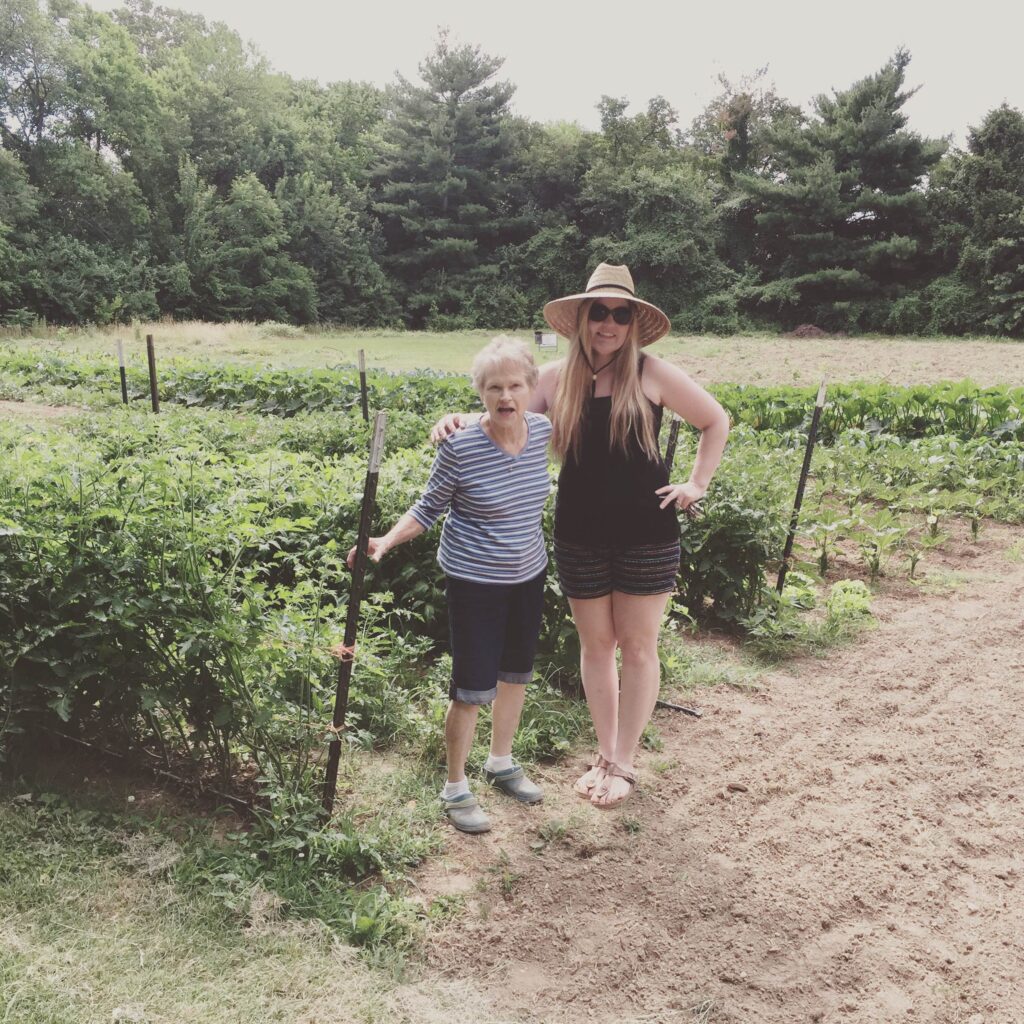Farmington Agriculture
Farmington was one of the plantations that grew hemp, the Commonwealth of Kentucky’s primary cash crop. Hemp, a baste fiber, was grown by Kentucky farmers to make twine, rope, and rough bags for the cotton trade (so-called “cotton bagging”). Historians agree that production of hemp in Kentucky necessitated the large labor force that slavery ensured. References from John Speed’s 1840 probate inventory refer to a “rope walk” (where workers twisted hemp fibers into rope as they moved down a long walkway) and a weaving house, suggesting that some hemp was actually processed on the plantation. Louisville’s growing resources were, to a degree, available to the Speeds, but Farmington was by choice and necessity largely self-sufficient. In addition to the primary cash crop, hemp, the farm produced corn, apples, wheat, pork, flax, lamb and mutton, and dairy products. Tobacco was grown intermittently. Almost all the food for the Farmington community originated on the property; and all but the most special clothes were made at home. A spring provided water year-round and, dammed into a small pond, provided ice for the icehouse. Woods were maintained for firewood and lumber but, by 1840, Speed owned a coal hod, 1000 bushels of coal, and certificates to purchase 2,000 bushels for the next four years. At least some of the woodburning fireplaces were converted to coal.

CONTACT FARMINGTON
3033 Bardstown Road
Louisville, Kentucky
United States
502-452-9920
EMAIL FARMINGTON
TOUR TIMES
Tuesday- 10 am - 2 pm
Wednesday- 10 am - 2 pm (Summer- Cultural Pass Day)
Thursday- 10 am - 2 pm
Friday- 10 am - 2 pm
Saturday- 11 am - 1 pm
Tours begin on the hour. Availability is subject to change; current tour updates may be found on our online booking calendar.
NOTICE: We are open for regular business hours. Our front driveway is still being cleared of storm debris. Please follow Wendell or Brighton from Bardstown Rd. Turn right onto Lowell, continue on until it intersects with the bottom of our driveway. Turn left into the parking lot. Our phone & internet are scheduled to be repaired by end of Monday.
